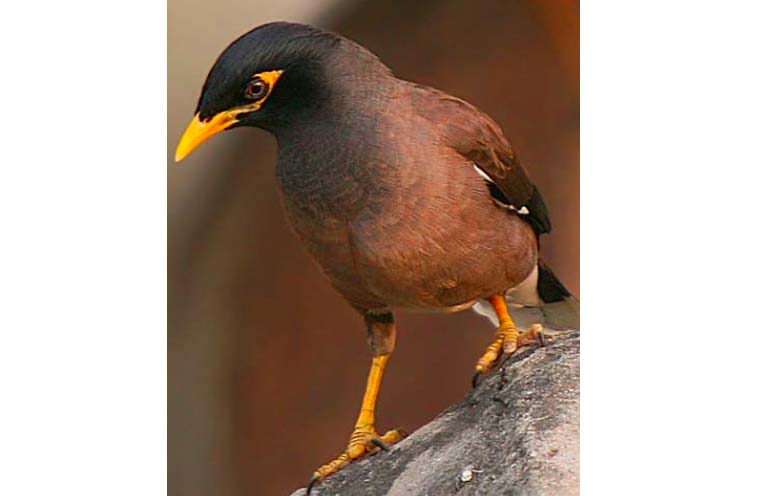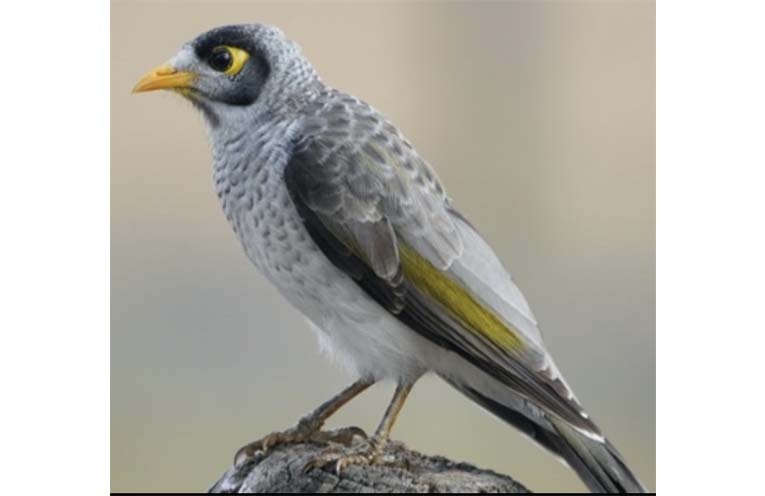
COFFS Harbour Regional Landcare (CHRL) has sent out an alert to help prevent the feral Common Myna bird, known as a pest species, from entering our backyards and causing harm to native birds.
The introduced Common Myna birds continue to multiply and are quickly displacing Australian native birds.
“If you watch a flock of Common Mynas sometimes you will see them acting together, intimidating native birds,” Barry Powells, President of CHRL told News Of The Area.
“They can evict native birds from nesting hollows and feeding territories, sometimes even killing the chicks.
“Some of our local native birds, like the Eastern Rosella and Lorikeets, really suffer because of their presence.”
Common Mynas can also invade roof cavities and spread disease via mites and faeces.
“They are not only an environmental pest but also a pest to the community,” said Barry.
“This Christmas, when more of us spend time at home or with family, one important way of doing our part in not encouraging Common Mynas is to ensure that pet food is not left out where they can get to it.”
The Common Myna (Acridotheres tristis) was introduced to Australia from south east Asia about 150 years ago and has taken hold in many areas, sadly at the expense of many local native birds.
Common Mynas like to live around suburbs with open grasslands, and often feed on leftover pet food.
Here CHRL shares some tips to help discourage visits from Common Myna birds.
– Ensure pet food is not left out and accessible to the birds.
– Cover compost bins.
– Plant more native shrubs and small trees as ground cover refuge and food for native birds.
– Block holes to roof cavities which may allow the Common Mynas to roost or nest.
– Host the placement of a trap if there are a lot of Common Mynas coming to your yard.
Coffs Harbour Regional Landcare has volunteers who place special traps around homes and farms to trap Common Mynas and remove them humanely.
To book the placement of a Myna trap contact Coffs Harbour Regional Landcare on 6651 1308 or visit the website at www.coffsharbourlandcare.org.au.
By Andrea FERRARI

